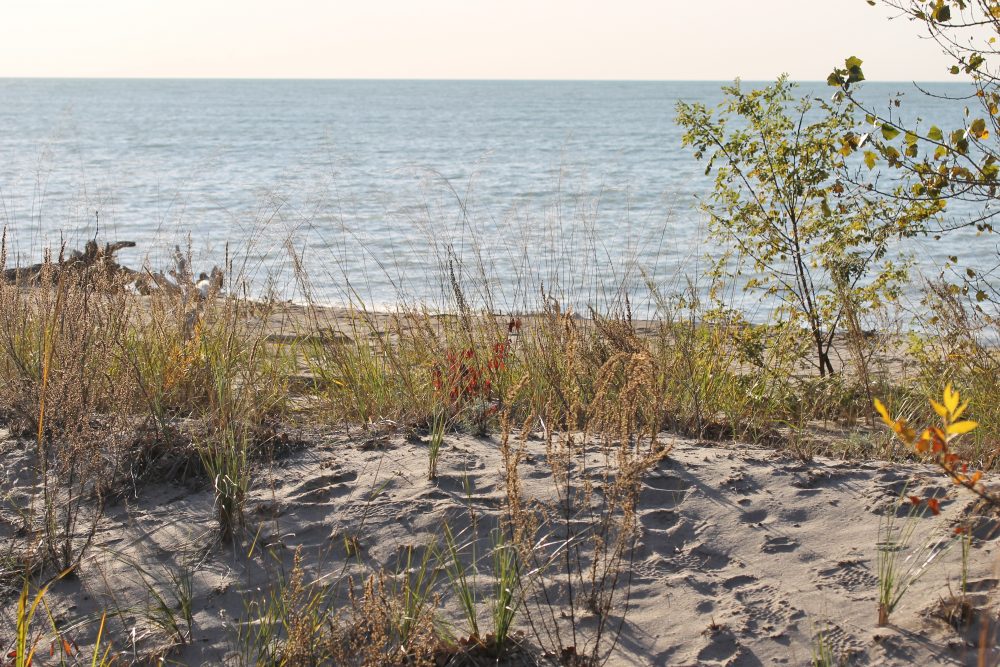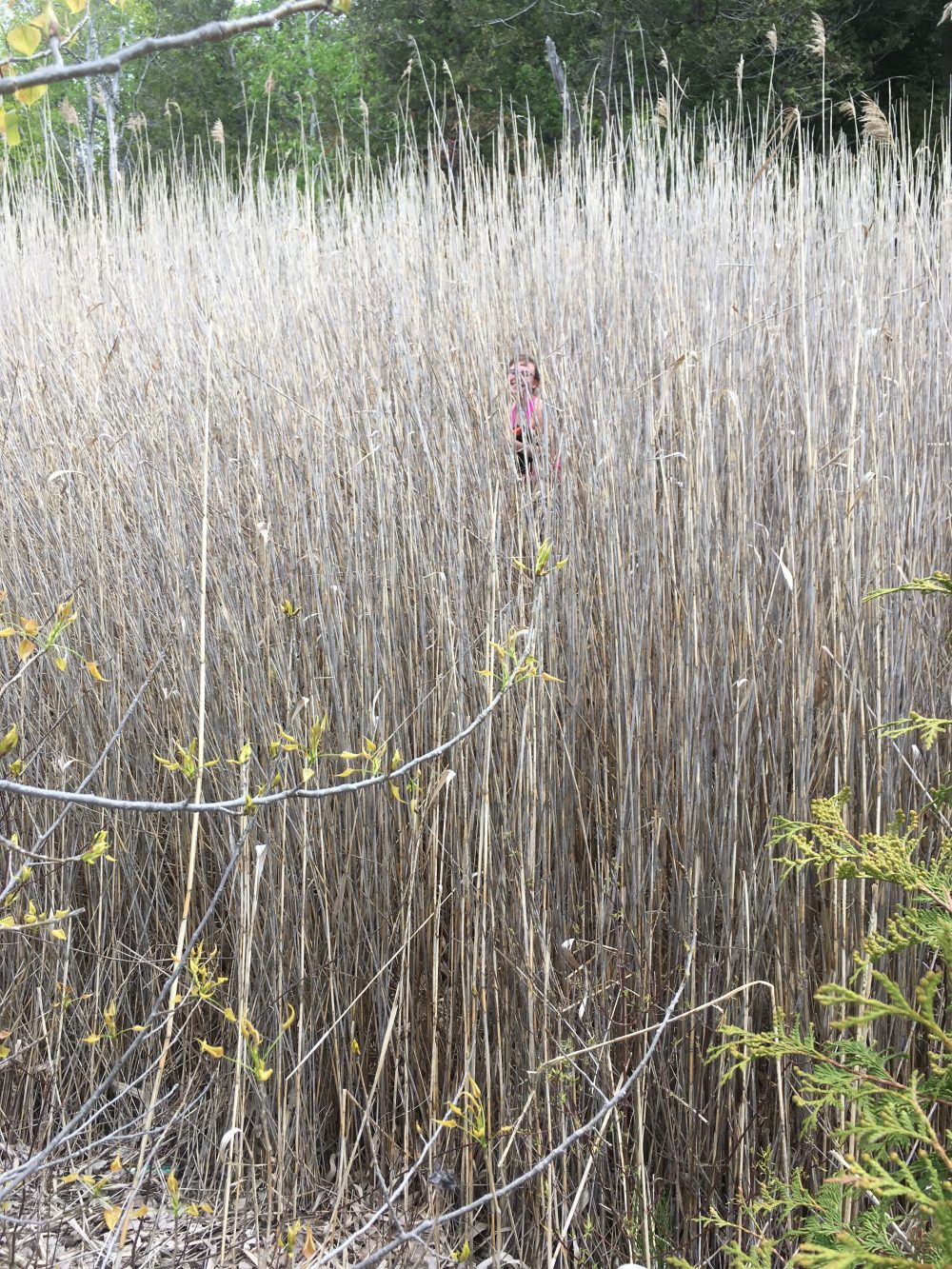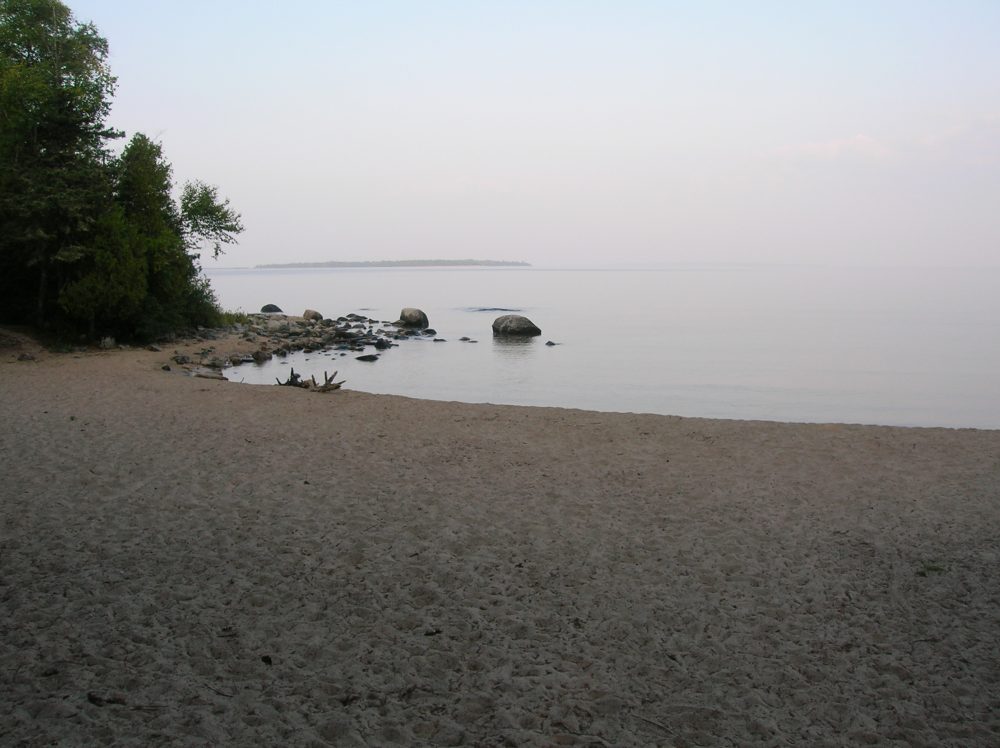Shoreline
Shorelines of Huron County
Shorelines of Lake Huron are the longest amongst the Great Lakes and provides a large amount of biodiversity and unique habitat. The shorelines include beaches, dunes, coastal wetlands and upland bluffs which support a variety of native plants, insects, birds, and other animals. During the spring and summer seasons, shorelines provide important habitat as migratory stopover sites for many species of birds, bats and butterflies. Some notable species that use shoreline habitat include the Eastern Hognose Snake, and Piping Plover.


Threats to Shorelines
Shorelines along the great lakes and smaller waterways throughout the landscape face risks and see losses every year. The protection of shorelines and maintenance of vegetation along watercourses is helpful to restrict losses due to both natural and human influenced erosion. Invasive species also play a role in reducing native biodiversity along these watercourses and require attention to limit their degree of influence.
Within the county efforts are being made to assess and target shoreline and water health. The Huron County Clean Water Program helps community members by providing financial support and knowledge on maintaining clean water projects. The Lake Huron Southeast Shore Working Group also helps to provide advice and support in the development and implementation of action plans aimed to help water quality and shoreline health.
How you can help
Shorelines are delicate ecosystems that face many challenges from disturbance and erosion, to the threat of invasive species. We can all take care when visiting shorelines to restrict vehicle usage off designated roadways, and to walk only on designated pathways. A hands-on approach to dune restoration can be used, including the installation of sand fences, and planting of dune grasses and other species native to shorelines. The removal of invasive species in sensitive coastal areas is another way to help protect this unique habitat. Contact the Lake Huron Centre for Coastal Conservation to learn more.

